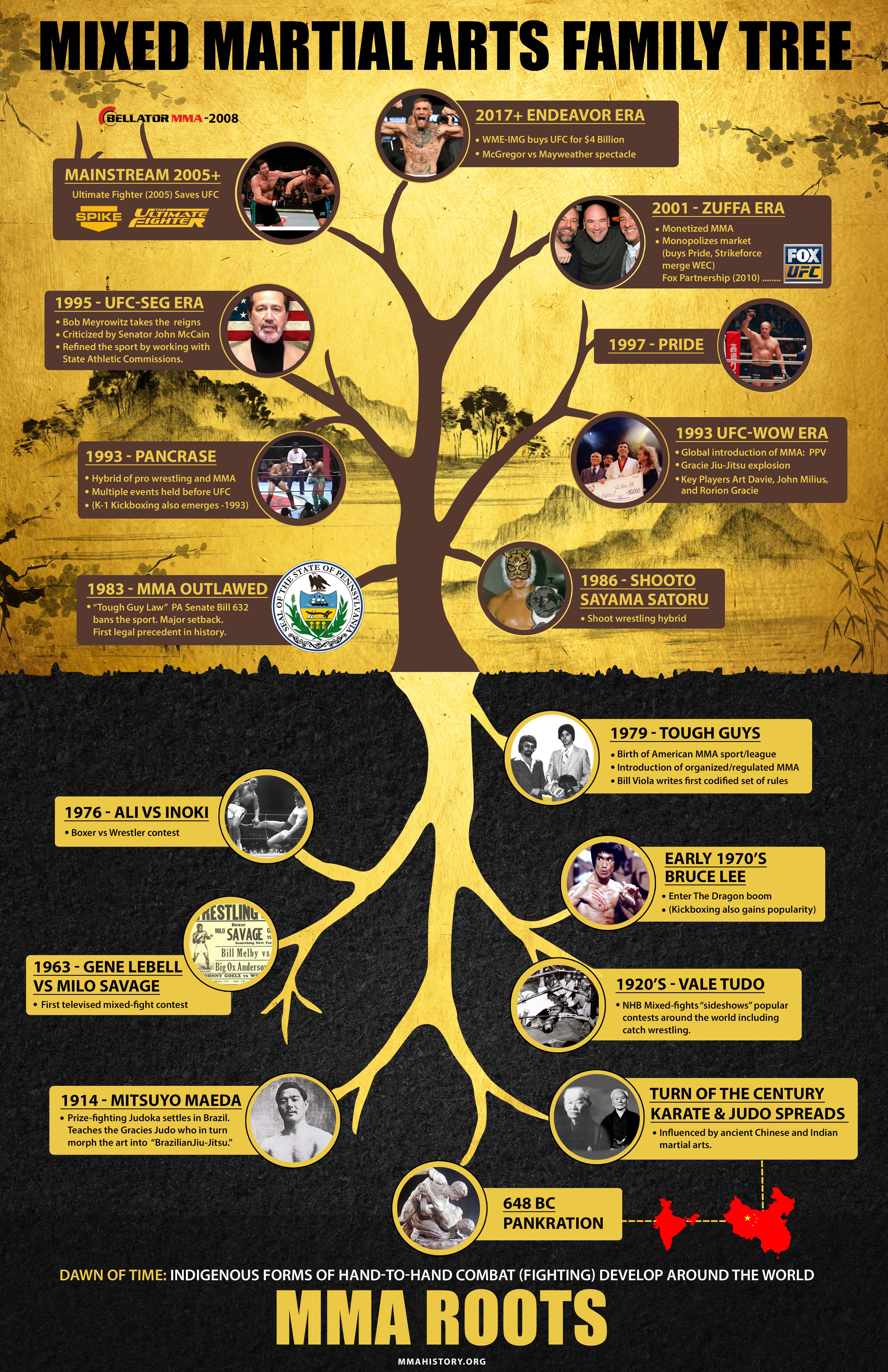A Historic Introduction And Development Of Martial Arts Across The Globe
A Historic Introduction And Development Of Martial Arts Across The Globe
Blog Article
Web Content Author-Padilla TRUE
Martial arts have an interesting history that covers centuries and continents. You may find it intriguing just how old techniques like Shuai Jiao and Kalaripayattu laid the groundwork for contemporary battle strategies. These techniques not only highlight physical abilities but also reflect the cultures that birthed them. As you explore their advancement, think about just how globalization has changed these typical forms into crossbreed styles. What influences do you assume have formed today's martial arts landscape?
Ancient Martial arts: The Structures of Combat
As you delve into the globe of old martial arts, you'll discover the abundant foundations that shaped combat methods throughout societies. Early methods concentrated on Self-Defense and survival, usually including strikes, hurting, and weapons.
In first true mixed martial arts , as an example, methods like Shuai Jiao emphasized throws and joint locks, while India's Kalaripayattu showcased dexterity and fluid activity. Japanese samurai developed Kenjutsu, a refined swordsmanship that highlighted technique and technique.
These martial arts offered not just for fight but additionally as a way of personal advancement, instilling worths like respect and determination. The mixing of these strategies in time laid the groundwork for the varied martial arts you see today, each showing the unique philosophies and demands of its culture.
The Social Influence on Martial Arts Growth
While martial arts frequently reflect the useful demands of a culture, they additionally personify the cultural values and beliefs of their beginnings. When related webpage explore different martial arts, you'll notice how they're affected by faith, ideology, and social norms.
As an example, the emphasis on regard and self-control in Japanese martial arts stems from Zen Buddhism and samurai culture. In contrast, Brazilian Jiu-Jitsu promotes flexibility and technique, formed by the requirement for effectiveness in a varied, multicultural setting.
You could locate that the rituals, uniforms, and training methods show a community's history and identity. By comprehending these cultural impacts, you strengthen your admiration of martial arts and their duty in shaping human experiences across the globe.
Modern Adaptations and the Globalization of Martial arts
Martial arts have changed considerably in recent decades, adjusting to contemporary society and global influences. You'll observe that standard kinds have mixed with modern methods, creating hybrid styles like mixed martial arts. These adaptations satisfy diverse target markets, making martial arts accessible and attractive globally.
With the rise of social media and electronic systems, you can find tutorials and competitors from all edges of the globe, breaking geographical barriers. This globalization has caused a shared gratitude for numerous techniques, from Brazilian Jiu-Jitsu to Taekwondo.
As you involve with these arts, you'll realize they're not almost combat; they advertise health and fitness, self-control, and psychological wellness.
Ultimately, modern adjustments have improved the martial arts landscape, making it a vibrant and progressing method.
Verdict
In exploring the history and advancement of martial arts, you discover a fascinating mix of strategies, cultures, and philosophies. From old disciplines like Shuai Jiao and Kalaripayattu to the modern adaptability seen in MMA, martial arts show humanity's quest for Self-Defense and individual growth. As you involve with these practices, you not only gain skills yet also a much deeper gratitude for the diverse practices that shape our world today. So, continue your trip and embrace the art of fight!
